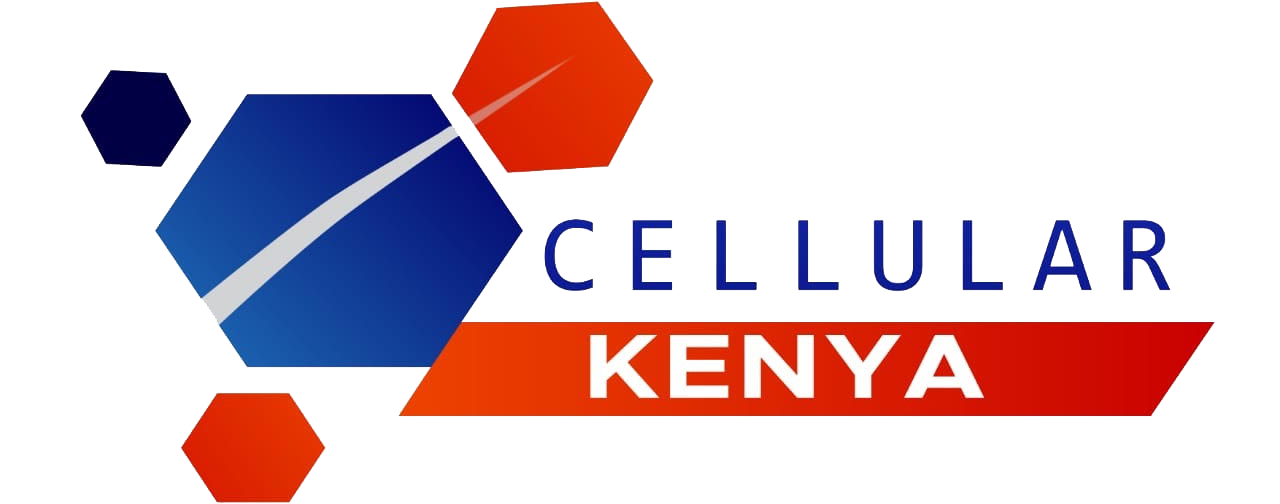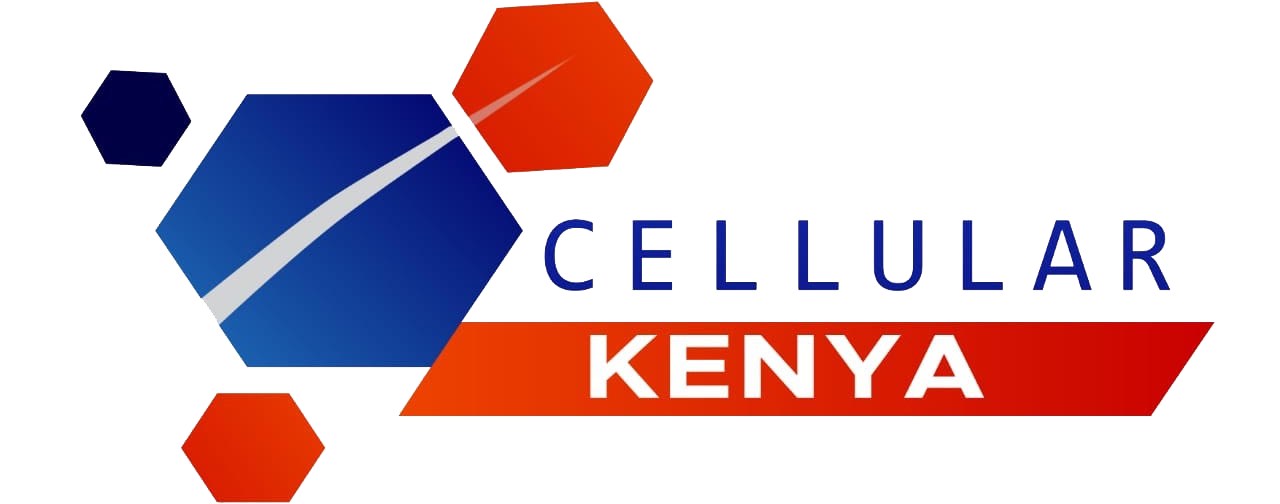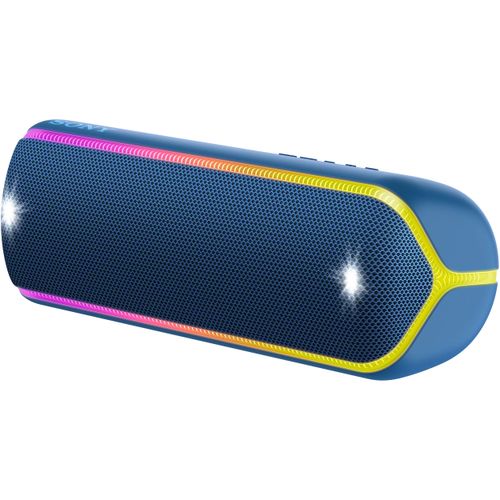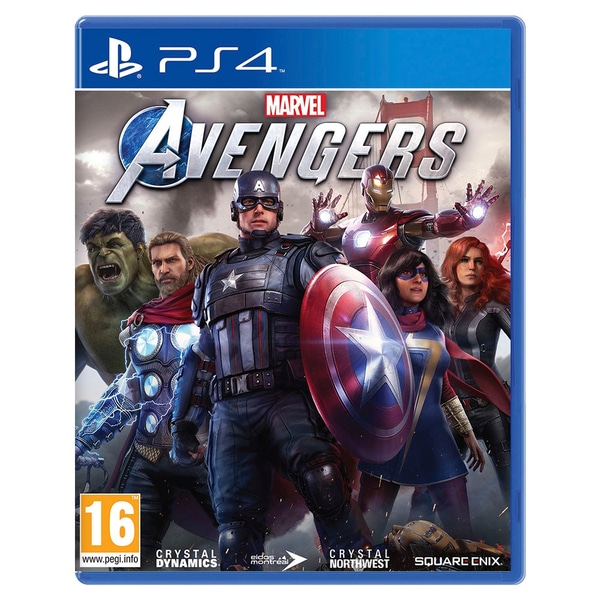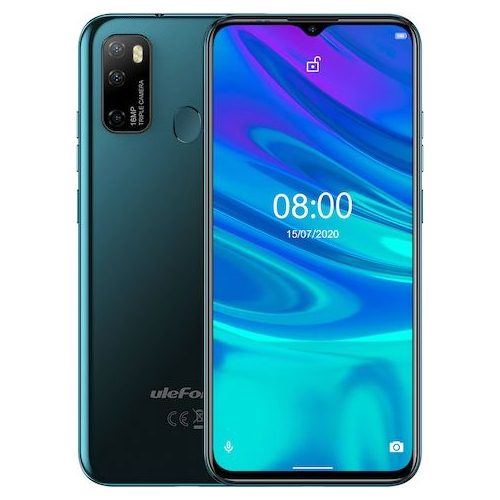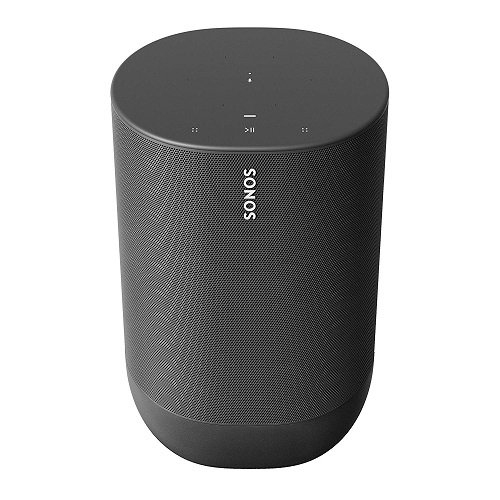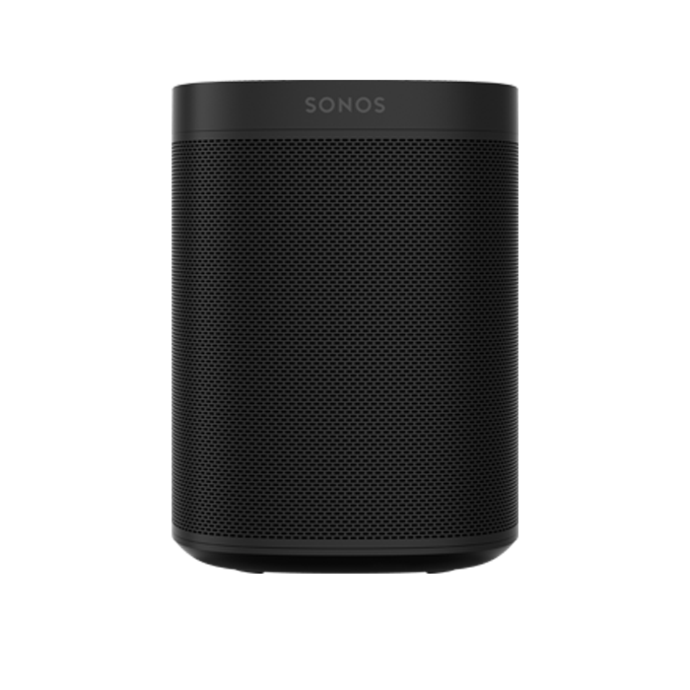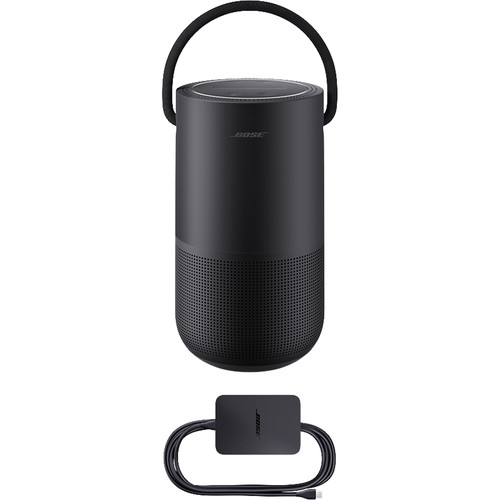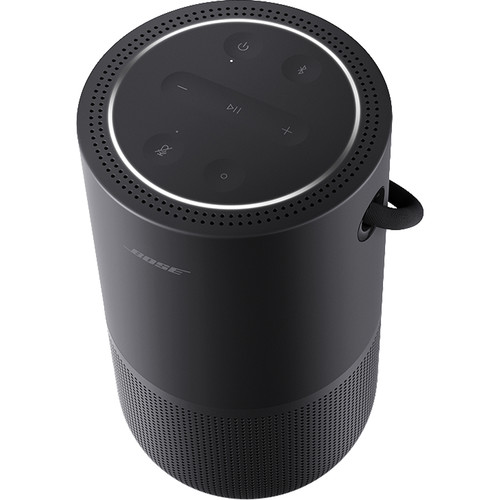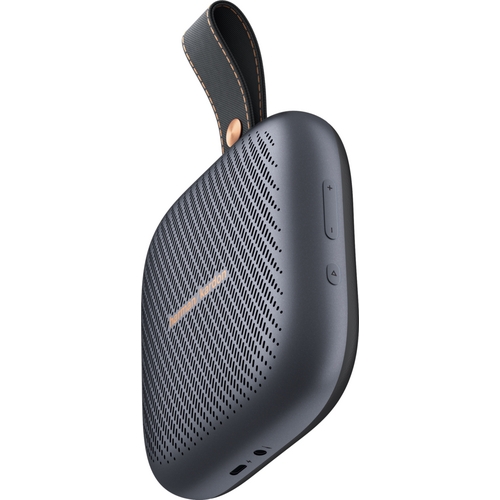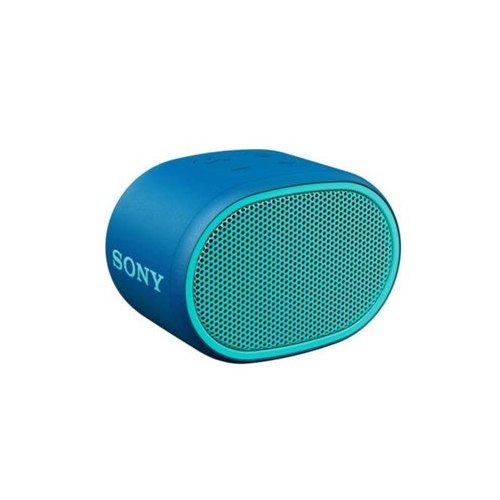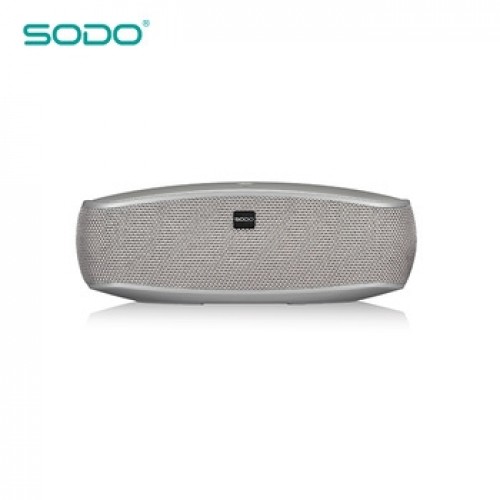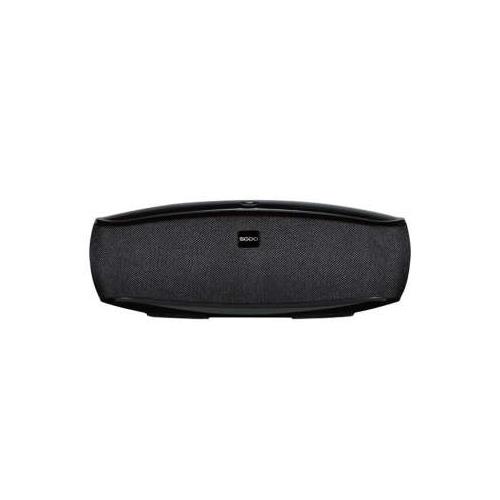Sony SRS-XB32 EXTRA BASS Portable Bluetooth Speaker
KSh 14,999.00
Key Features;
- Wireless Bluetooth and NFC Technology
- LIVE SOUND Three-Dimensional Sound
- EXTRA BASS Technology
- Multi-Color Lights and Flashing Strobes
- Up to 24 Hours of Battery Life
- Internal Rechargeable Battery
- USB Charging Port for Mobile Devices
- Acts as a Speakerphone via Built-In Mic
- Dust and Waterproof (IP67 Rating)
- Wireless Party Chain Function
Out of stock
Design
Available in black, blue, or gray models, the somewhat cylindrical SRS-XB32 measures roughly 3.4 by 9.4 by 3.4 inches (HWD) and weighs about 2 pounds. It’s a little bulky, but it shouldn’t be too difficult to tote around from place to place.It means that it can withstand immersion in up to a meter of water, and thus can withstand splashes, rain, and being rinsed off. It’s also completely protected from dust, so this is an ideal outdoor speaker.Buy The Sony SRS-XB32 EXTRA BASS Portable Bluetooth Speaker online from Best price online from CELLULAR KENYA,Nairobi
The LEDs start the second you power up the speaker and play music. There’s no adjusting what they do—the patterns and colors stay more or less the same, with a border LED that changes colors, and occasional flashes from tiny strobes near the drivers beneath the grille. You can disable the feature by pressing the Battery/Light button on the covered back panel.
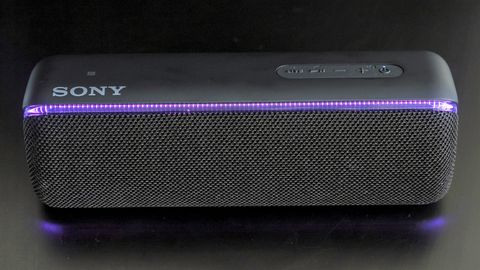
Across the top panel of the rubberized surface of the SRS-XB32, there are controls for play/pause/phone answer and end, plus/minus buttons for volume, and a power/pairing button. There’s also a Live button—this is really the “bass boost” button, and we’ll discuss it more in the next section. Rubberized feet on the bottom panel keep the speaker from scooting around due to bass vibrations.
Sony estimates the SRS-XB32 gets roughly 24 hours of battery life, but your results will vary with your volume levels, your LED usage, and your mix of streaming and wired audio playback. With Live mode and the lights on, that estimate drops to 14 hours.
Performance
On tracks with intense sub-bass content, like The Knife’s “Silent Shout,” the SRS-XB32 delivers some solid bass depth for its size, but at top volumes, the DSP (digital signal processing) kicks in and thins out the deep lows dramatically. In Live mode, the DSP has extra work to do on a track like this—at top volumes, it can sound as if it’s on the verge of distortion but never quite gets there. Thankfully, there’s also a strong high-mids presence, so things never sound muddy or overly bass-heavy, but this is definitely a sculpted sound signature.

Bill Callahan’s “Drover,” a track with far less deep bass in the mix, gives us a better sense of the SRS-XB32’s general sound signature. The drums on this track get some solid thump, but most of the bass depth seems relegated to Callahan’s baritone vocals, whether in Live mode or not. The guitar strums are crisp and bright, and generally speaking, this is a balanced sound. In Live mode, it sounds like there’s some DSP at play that attempts to widen the stereo field a bit—it’s not bad, but we prefer the unadulterated audio without the Live button pressed. Especially on this track, the bass presence isn’t notably affected.
On Jay-Z and Kanye West’s “No Church in the Wild,” the kick drum loop receives enough high-mid presence to retain a relatively crisp punch, but the added bass depth seems to add more thump to the loop’s sustain. The sub-bass synth hits that typically have some robust presence to them sound a bit subdued here—there’s not really intense sub-bass depth through this modest-sized speaker. The vocals have solid clarity in both modes, but they sound a bit more crisp and front-and-center with Live mode disabled.
Related products
Sonos Move (Black)
Sonos One SL Wireless Speaker
Bose Portable Smart Speaker -with Alexa Voice Control Built-In, Black
- All-in-one: The most versatile smart speaker from Bose; a portable Bluetooth speaker, a home speaker, and a voice control speaker with 360 degrees of deep, clear, lifelike sound and powerful bass
- Portability: Grab the handle and take this lightweight (just over 2 lbs) speaker wherever you go out of the house, or move it with you from room to room around the house
- Rugged and ready: This portable speaker has a durable design, battery life of up to 12 hours, and a water-resistant IPX4 rating for all life’s drops, bumps, sprays, and splashes
- Bluetooth speaker: Outside Wi-Fi range, use it as a portable Bluetooth speaker and control it with your mobile phone or tablet to listen to anything your device can play
- Smart speaker: Within Wi-Fi range, control the speaker with your voice and use it as an Amazon Alexa speaker or your Google Assistant speaker to play integrated music services like Amazon Music, Spotify, and Pandora
JBL PartyBox 1000 Bluetooth Speaker
- JBL Signature Sound offers unprecedented performance and an authentic audio experiences you will remember for your party
- The full panel lighting effect creates a captivating light show to astound your crowd with a lasting visual experience.
- Wireless Bluetooth Streaming
- DJ launchpad allows you to play drums, keyboard and piano, record and loop on the fly
- Mic and guitar inputs allow you to plug in your mic or guitar and take the stage
